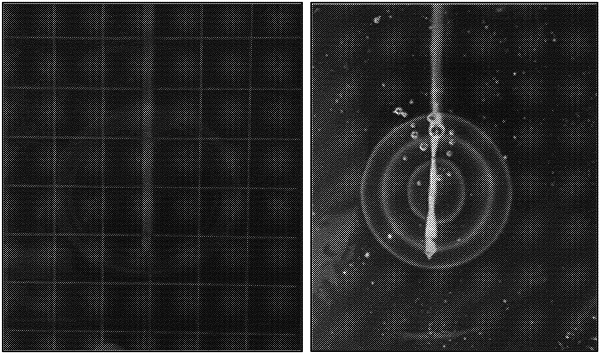| CPC A61B 18/1815 (2013.01) [A61B 2018/00035 (2013.01); A61B 2018/00077 (2013.01); A61B 2018/00577 (2013.01); A61B 2018/1846 (2013.01); A61B 2018/1861 (2013.01)] | 20 Claims |

|
1. A microwave ablation probe comprising:
a feedline having an inner conductor, an outer conductor and a dielectric disposed therebetween;
an asymmetric dipole antenna, the antenna including:
a helical arm, the helical arm being electrically connected to the outer conductor of the feedline at a junction point, the helical arm extending in a distal direction from the junction point; and
a linear arm, the linear arm being electrically connected to the inner conductor of the feedline, the linear arm extending distally from a distal end of the feedline, the helical arm coaxially disposed about the linear arm, the linear arm extending through a majority of the helical arm distal to the junction point at a proximal end of the helical arm such that the majority of the helical arm refrains from surrounding the outer conductor, the linear arm further including:
a first portion surrounded by a dielectric, and
a second portion free of dielectric, the second portion being distal to the first portion by a length to be a free end of the linear arm; and
a shaft, the antenna and the feedline being disposed within the shaft such that a shape of an intended ablation zone is defined by the helical arm and linear arm and is tunable by the length of the second portion, the shaft comprising a metal portion and a ceramic portion, the ceramic portion extending axially between proximal and distal ceramic portion ends to be at least co-extensive with the antenna, the proximal and distal ceramic portion ends forming a portion of an outer surface of the shaft.
|